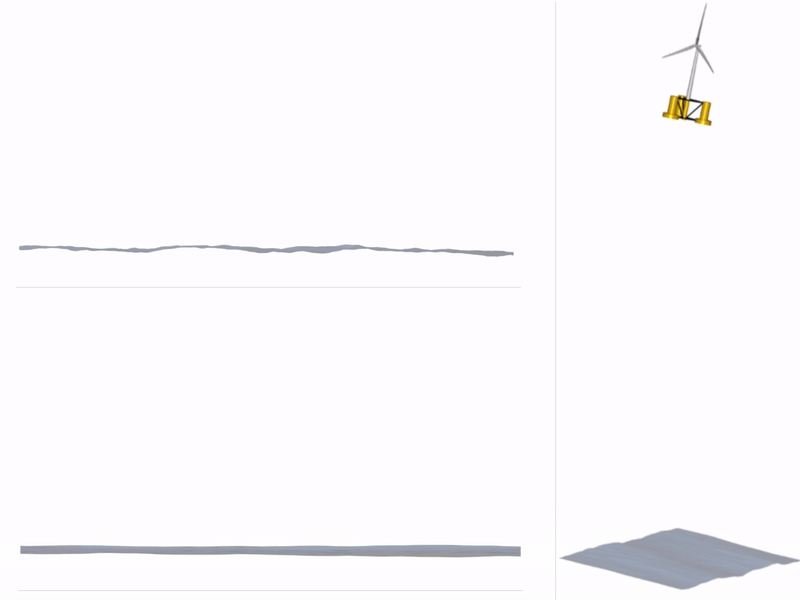Forum
Important Notice for New User Registrations
To combat an increasing number of spam and bot registrations, we now manually approve all new user registrations. While this may cause a delay until your account is approved, this step is essential to ensure the quality and security of this forum.
To help us verify your registration as legitimate, please use a clear name as user name or an official email address (such as a work, university, or similar address). If you’re concerned that we may not recognize your registration as non-spam, feel free to email us at with a request to approve your username.
Shear Factor Cross-Sectional Beam Properties
Quote from Brian on 14. February 2023, 04:09Hi,
I am part of a team at a university working on simulating a VAWT for our senior project. Our goal is to see how our turbine design functions at various wind speeds with different types of generators at each wind speed. Currently, we are working on creating a structure file for our VAWT. We have been working out how to calculate each of the cross-sectional beam properties. Most of these values are understood as to what they are and how to calculate them. The KSX and KSY values we do not understand what they are or how to calculate them. These values are described in the QBlade documentation as “Shear factor for force in principal bending axis X (or Y)”. To understand these values, we looked at the structure file for a HAWT and a VAWT that we downloaded from QBlade downloads. What I saw was that for the HAWT, the values ranged from ~ 0.2 to 0.7, and for the VAWT it was .5 for all sections. I also looked at the HAWC2 user’s manual, which has a similar definition as QBlade documentation, and in the example given, the values were .52. These results were inconclusive, so I researched how to calculate the shear factor to no avail. Does anyone know how to find or calculate the shear factor for a given material and cross-section?
Any help would be appreciated.
Thank you
Hi,
I am part of a team at a university working on simulating a VAWT for our senior project. Our goal is to see how our turbine design functions at various wind speeds with different types of generators at each wind speed. Currently, we are working on creating a structure file for our VAWT. We have been working out how to calculate each of the cross-sectional beam properties. Most of these values are understood as to what they are and how to calculate them. The KSX and KSY values we do not understand what they are or how to calculate them. These values are described in the QBlade documentation as “Shear factor for force in principal bending axis X (or Y)”. To understand these values, we looked at the structure file for a HAWT and a VAWT that we downloaded from QBlade downloads. What I saw was that for the HAWT, the values ranged from ~ 0.2 to 0.7, and for the VAWT it was .5 for all sections. I also looked at the HAWC2 user’s manual, which has a similar definition as QBlade documentation, and in the example given, the values were .52. These results were inconclusive, so I researched how to calculate the shear factor to no avail. Does anyone know how to find or calculate the shear factor for a given material and cross-section?
Any help would be appreciated.
Thank you
Quote from David on 14. February 2023, 09:26Hi Brian,
the shear factor is a value that is needed for Timoshenko beams. It depends on the cross-section geometry and the Poisson’s ratio. You can find more info here.
Currently, QBlade only uses Euler-Bernoulli beams – so the shear factor is not used and this value has no effect.
In the future Timoshenko beams will be added as an option so this value already exists as a placeholder so that structural tables are consistent across different beam types.
Best,
David
Hi Brian,
the shear factor is a value that is needed for Timoshenko beams. It depends on the cross-section geometry and the Poisson’s ratio. You can find more info here.
Currently, QBlade only uses Euler-Bernoulli beams – so the shear factor is not used and this value has no effect.
In the future Timoshenko beams will be added as an option so this value already exists as a placeholder so that structural tables are consistent across different beam types.
Best,
David


